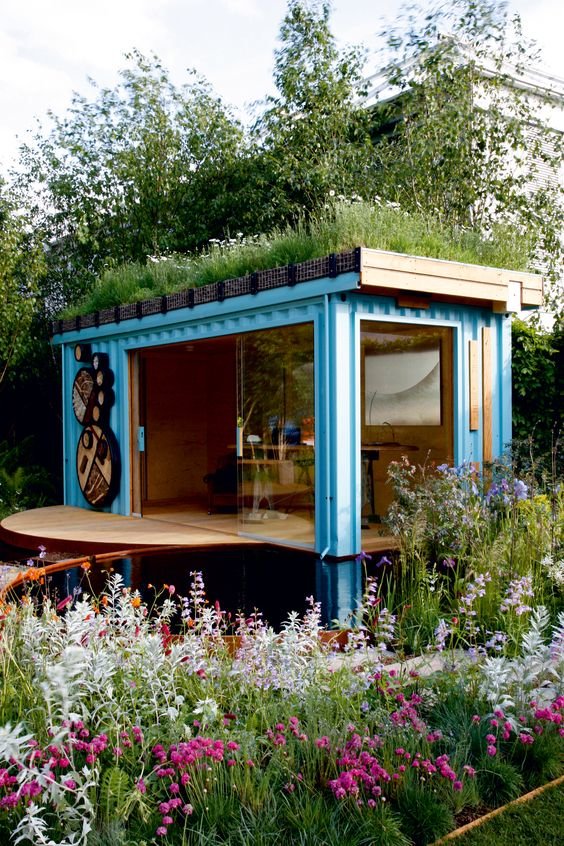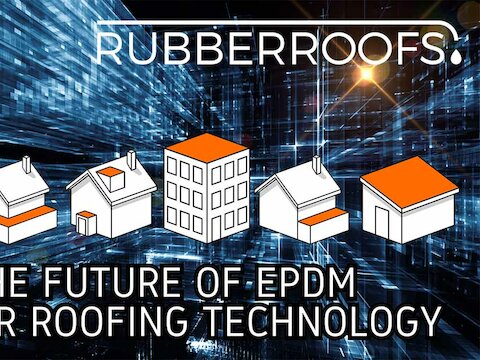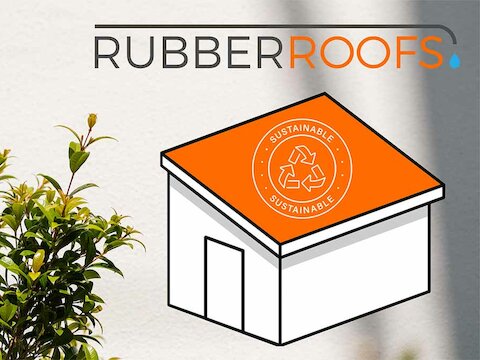Green Roofs

Flat Roofs are the perfect foundation to creating a green roof. It is a great way to create an attractive design feature on a shed, garage or home flat roof to transform the space. As well as being an attractive, eye-catching feature, green roofs hold a whole range of benefits including extending the longevity of your flat roof as well as cutting energy costs. In this article, we are going to explain what different types of green roofs there are and how to install them.
Types of green roofs
Sometimes referred to as living roofs, green roofs offer an array of options to choose from, including two main types that should be considered. Extensive and intensive.
Extensive Green Roofs
Extensive green roofs are a popular choice when it comes to homeowners and their requirements for their green roof. They are a lightweight option and require very little maintenance with very little to no additional watering unless there is a prolonged drought. They are a suitable option when it comes to the building having a new roof deck or a pre-existing building deck. An Extensive green roof usually has a low layer of vegetation around 80-100mm high. This can be grass, moss, sedum or small flowers. Sedum blankets are a good addition to any extensive green roof, due to their hardiness and low maintenance requirements of the plants situated on your flat roof.
Intensive Green Roofs
Intensive green roofs have been designed to support much larger foliage, such as large bushes and small trees, These are generally referred to as roof gardens. They require your flat roof to have a layer of growing medium or soil to support the thicker and more dense vegetation layer. Intensive Green roofs are usually seen on large commercial buildings and projects such as parks and gardens due to recreational use being an expectation. The size of the flat roof will also depend on how the roof garden is used once all planted and set up. The flat roofs require a much deeper substrate to be built up due to the additional weight that will need to be supported as well as irrigation requirements. The intensive green roofs are a higher maintenance option, almost as much maintenance there would be for a landscaped garden.
Where can a green roof be grown?
For many DIY-ers, a flat roof is the easiest and most common option. Shed roofs and extension roofs are the perfect choice, along with cabins and garages. Flat roofs are used as they are the easiest location from a construction point of view.
If you are looking for more information on how to construct a green roof, their pros and cons, and why they are becoming a more popular choice throughout the years, check out Real Homes green roof section.
For flat roof tools and EPDM materials, head over to our website to shop our extensive range, perfect for your next DIY project.






